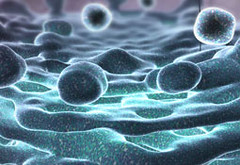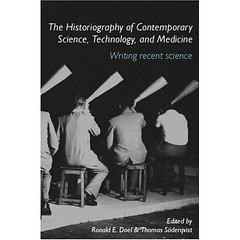I cannot really explain why I’m so fascinated with this eight-minute animation of molecular mechanisms within the cell? “The Inner Life of a Cell” was created for Harvard University biology students by XVIVO, a scientific animation company. Turn off the accompanying music-hall piano sound and enjoy the “slithering, gliding and twisting through 3D space”.

There are many other cell biology and molecular biology animations out there (see e.g., this on DNA replication, from 2003), but this XVIVO-Harvard product is good, I think, because, as Jim Endersby says, it’s like “Terminator 2 meets a biology textbook”. It’s both good animation and pretty realistic cell and molecular biology at the same time.
If you want an explanation of what goes on during the eight minutes, read this blog post — and for a discussion of the animation work behind it, read this article in Animation Magazine. The short movie raises a whole array of questions about how animation technology can be developed for visual representations of science for didactic and other display uses, and also questions about the interface between art, animation technology, cell biology and molecular design.
(thanks to Jim Endersby, Cambridge for an inspiring mail earlier tonight)


